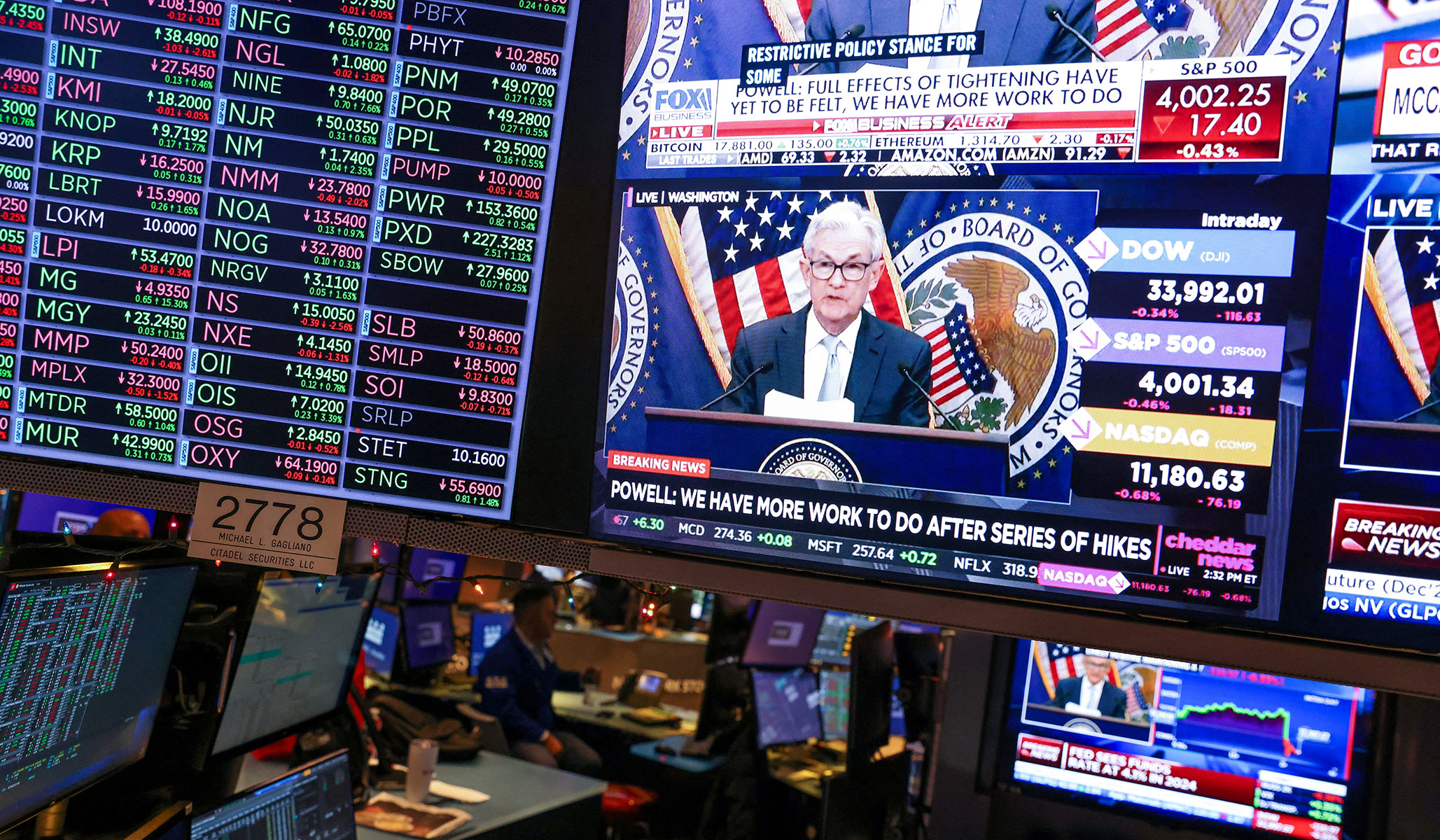


NRPLUS MEMBER ARTICLE W hen my Hoover Institution colleague John Taylor developed the Taylor rule for monetary policy, he was able to look back at many years of inflation-fighting around the world and evaluate the patterns and effectiveness of different practices. The work is frequently cited by other economists, and for good reason. It works. The Taylor rule tells you, based on theory and evidence, where the interest rate needs to be today if the Fed is serious about fighting inflation.
In short, given that current inflation is running about 5 percent, and the Fed has a target of 2 percent, and given that the economy is running hot, the Taylor rules says the federal funds rate today should be about 7 percent, or about two percentage points higher than it currently is. In other words, one shouldn’t expect inflation to budge too much more in response to the policies that we have seen over the past year because interest rates are still far too low.
This prediction, sadly, is visible in the data. The Fed’s preferred measure of inflation is the core personal consumption expenditure (PCE), which smooths out some of the more volatile prices such as energy. Back in November, the year-over-year change in core PCE was 4.8 percent. The Fed has been gradually lifting interest rates, perhaps with something like the Taylor rule in mind. By January, it dropped to 4.7. percent, where it remains today. All of the market chatter, press conferences, tough talk, and steady interest-rate hikes have led to just about no progress over the past six months.
An intellectually honest central bank might look at the scholarship regarding the Taylor rule, and the recent sluggish inflation response to its policy, and rethink its strategy. As the Federal Open Market Committee meets this week, it is clear that some rethinking has been going on, but in the wrong direction. Over the past two weeks, numerous Fed officials have suggested that it’s time to pause increases and watch the data. Futures markets, which have an uncanny ability to price in Fed chatter, as of Friday said that the odds of the Federal Reserve holding rates steady at its June 14 meeting are 72 percent. There is a slight chance priced into markets of a quarter-point hike at the July 26 meeting, but after that, markets expect cuts as far as the eye can see.
It boggles the mind that the Fed could take this position. The inflation data have barely budged. Wage inflation has declined from its peak but remains elevated. The economy added 318,000 jobs in May, and the Atlanta Fed’s GDPNOW forecast for second-quarter GDP is that it will increase 2.2 percent. If inflation were at its 2 percent target right now and I were at the Fed, I would argue that the surprising ongoing strength in the economy suggests that precautionary rate hikes would be in order. To put things on hold when inflation is out of control amounts to malpractice.
In the 1970s, when Fed policy was as skittish as today’s, inflation came in a sequence of waves. In the first quarter of 1970, core PCE inflation posted a twelve-month change of 4.9 percent, just about where we are now. It dropped into the threes for a spell, but then jumped to 11.5 percent in the fourth quarter of 1974. It fluctuated between there and 5 percent or so for the rest of the decade, starting the 1980s in the first quarter at 11.1 percent.
An apologist for the Fed might say there are signs the recession we have all been expecting is about to start. But we learned in the 1970s that haphazard Fed discretionary policy feeds inflation even during recessions. There were four recessions between 1970 and 1982, when Reagan’s supply-side stimulus and Volcker’s brutally high interest rates finally got inflation under control.
If the Fed wavers this week, we can look forward to history repeating itself, with higher inflation accelerating as expectations hurry to catch up to the data. This will harm workers and consumers and eventually force policy-makers to lift rates to new heights. The greatest irony is that the rationale for a pause is to stop and look at the data, but the data we have in hand already says we are not doing enough.
